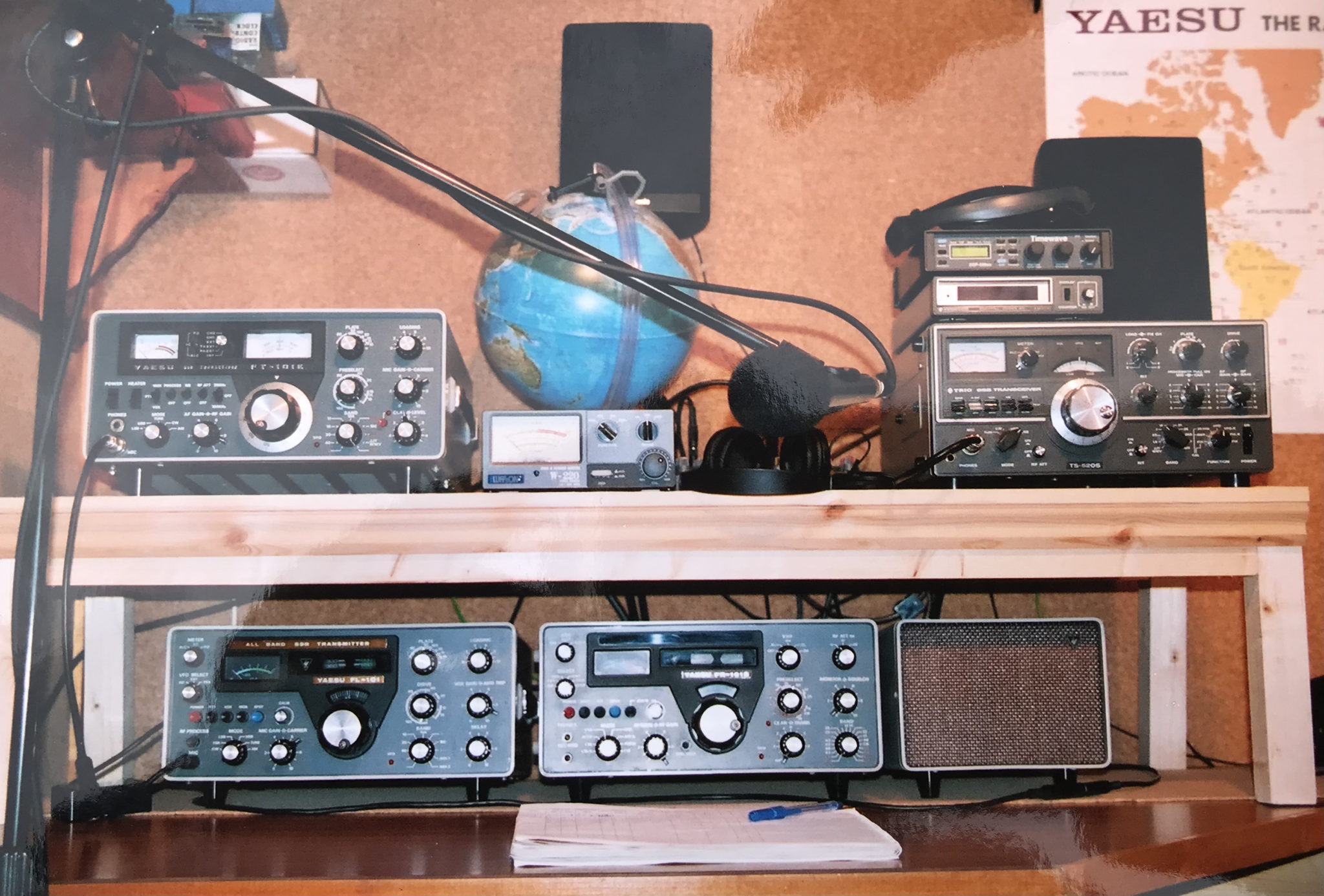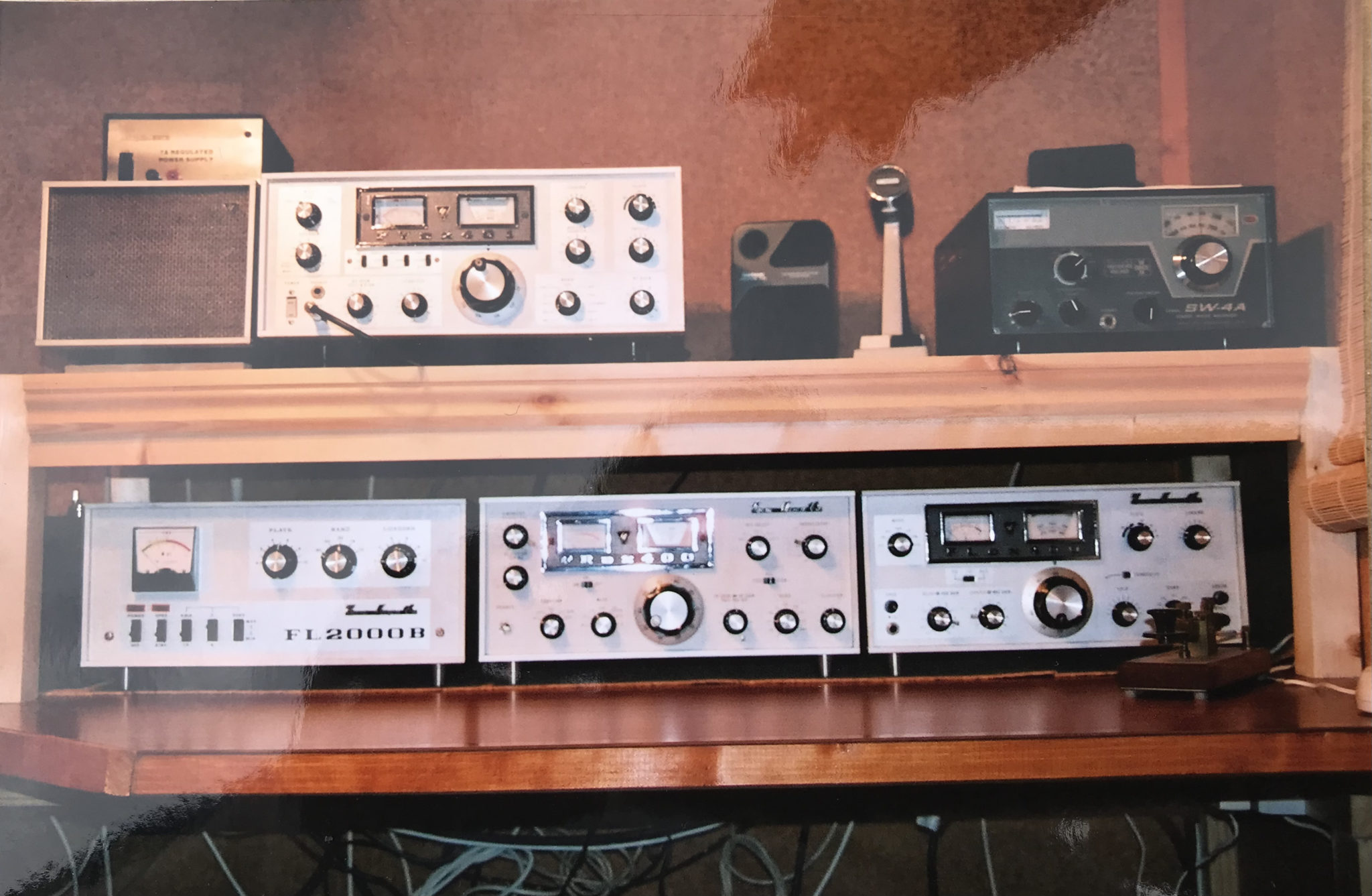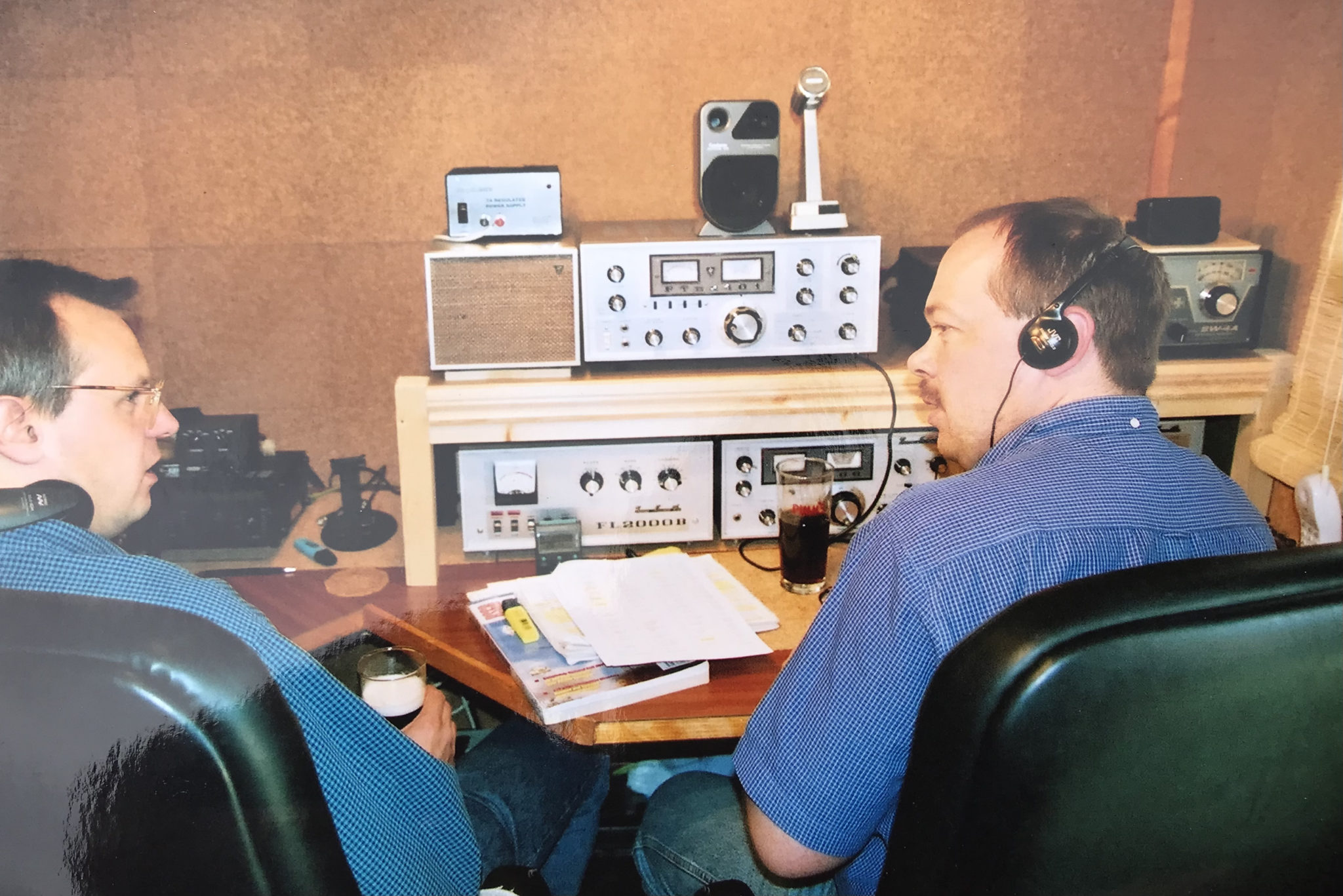via Hackaday: Broadcast TV Simulator Keeps the Nostalgia Flowing
 Watch out, Gen X-ers — there’s a nostalgia overload heading your way, courtesy of this...
Watch out, Gen X-ers — there’s a nostalgia overload heading your way, courtesy of this...  Watch out, Gen X-ers — there’s a nostalgia overload heading your way, courtesy of this...
Watch out, Gen X-ers — there’s a nostalgia overload heading your way, courtesy of this...  [John Calhoun] was digging around their old MAC hard drives, revisiting some abandoned shareware games...
[John Calhoun] was digging around their old MAC hard drives, revisiting some abandoned shareware games...  Nothing can ruin a restoration project faster than broken knobs. Sure, that old “boat anchor”...
Nothing can ruin a restoration project faster than broken knobs. Sure, that old “boat anchor”...  Ever been working on a project and get stuck on one of those last little...
Ever been working on a project and get stuck on one of those last little...  [MIKROWAVE1] claims he’s not a radio repair guy, but he agreed to look at a...
[MIKROWAVE1] claims he’s not a radio repair guy, but he agreed to look at a...  For those of us who lived through the early 8-bit computing revolution — the tail...
For those of us who lived through the early 8-bit computing revolution — the tail... Going through some old photos today I found a few great memories from the past of my old valve radio stations that I’d restored over the years.
These old radios gave me some wonderful moments over the years and a fair few hours of restoration to get them into operational condition. They sounded great on air and I often got comments from other amateur stations about how warm the audio sounded. Some did also mention the drift of the transmitter with temperature changes but, you just have to accept that when using vintage radio equipment.

Above is my old FT101 line up. It consisted of the great FT101E transceiver, a complete standalone solution that was extremely popular in its day. Below it is the FT101 line up made up of the FT101 transmitter, FR101B receiver and matching speaker.
Top right is the lovely Trio TS520S with the matching digital frequency display which is incredibly rare and very sought after today.
These radios gave me a lot of pleasure for many years and I wish I still had them today.
My second Yaesu valve line up took a lot more restoration than the 101 series and was quite challenging at times but, with a lot patience and time spent sourcing parts I got them back to as close to new operational condition as was possible.

The Yaesu 400 series line up consisted of the FLDX400 transmitter, FRDX400 receiver and was finished off with the FL2000B amplifier. These 3 pieces of radio equipment looked beautiful in the flesh and were wonderful to operate. Taking a good 15mins to warm up and become stable you couldn’t rush getting on air. This line up was my favourite by far even though they weren’t as good as the 101 line up.
Above the 400 series is the later FTDX501 transceiver with matching speaker. This was a great radio in its own right but, not as much fun to operate as the 400 line up. To the right of the FTDX501 is the matching Yaesu Microphone for the 400/500 series. This mic is incredibly rare and I had to visit many radio swap rallies to find it, worth the effort though.
Top right you can see my old SWL receiver, the great Drake SW4A. I never had a Drake line up as they are quite rare in the UK but, it certainly would had made a great addition to the station.

Finally this is a photo of two friends of mine, Steve Thomas M1ACB (Current General Manager of the RSGB) on the right and Andy, G6ALB with whom I spent many hours sending and receiving morse with to get our Class A licences. We had a fun day together operating the old radios and taking it in turns to handle the pile ups!
More soon …